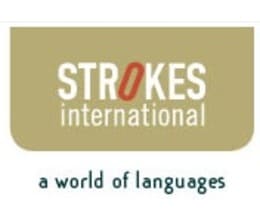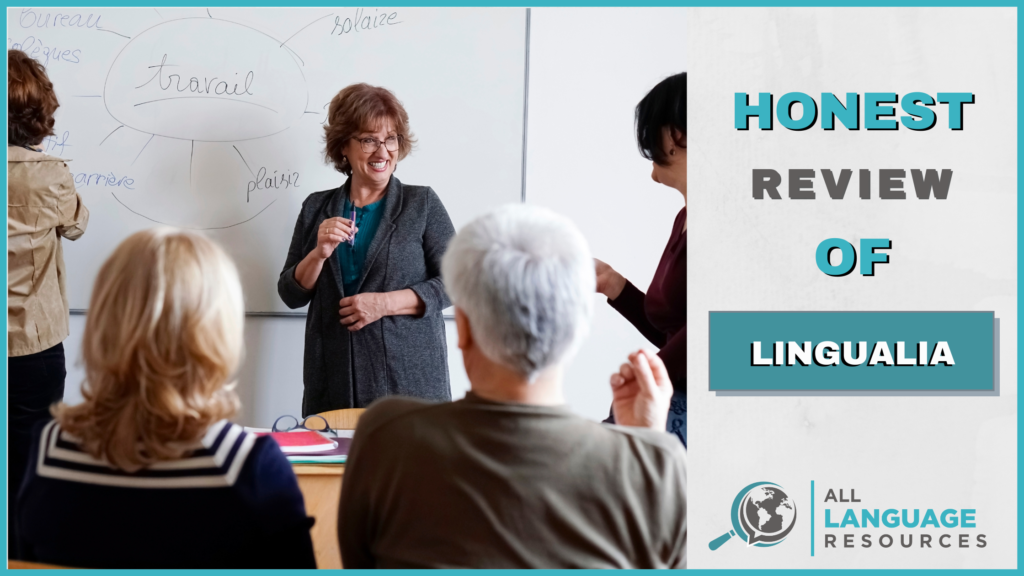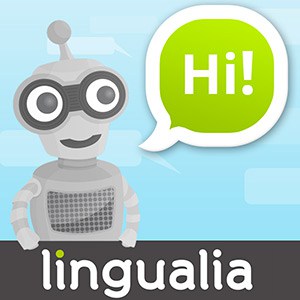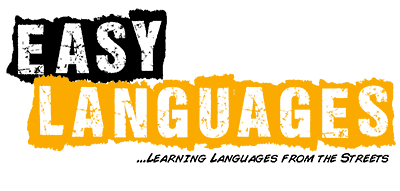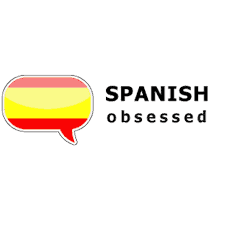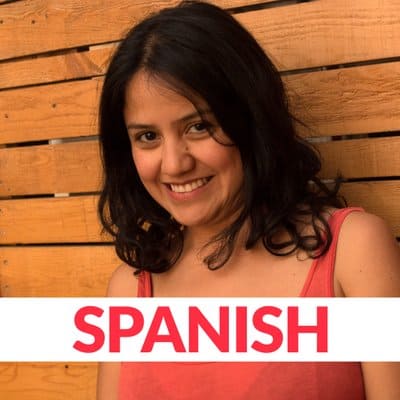Bravolol Phrasebooks Mini-Review: Consider Other Options
Bravolol Phrasebooks
Summary
Bravolol Phrasbook’s positive reception in the app store may be surprising given the endless availability of quality resources on the internet today. The app divides topics into categories such as Emergency, Common, Greetings, Health, and Romance. When you enter each category, you can listen to a native speaker pronounce each sentence at two different speeds. Once you have favourited some sentences, you can listen to all of them read aloud in order, or review them in order by reading the English phrase and guessing the Spanish translation. One of Bravolol’s redeeming features is that you can record your voice and compare your recording with that of the native speaker, although this comparison is achieved by your personal ability to discern between the differences. Although slightly more expensive, SimplyLearn is a phrasebook app that has an attractive interface, more phrases to choose from, and also does a better job of helping you remember new phrases by using SRS flashcards — it also supports significantly more languages. Other free phrasebook websites include LingoHut and 50Languages. Even though we have given them relatively low ratings, they still seem more comprehensive than Bravolol Phrasebooks.
Bravolol Phrasebooks Mini-Review: Consider Other Options Read More »


